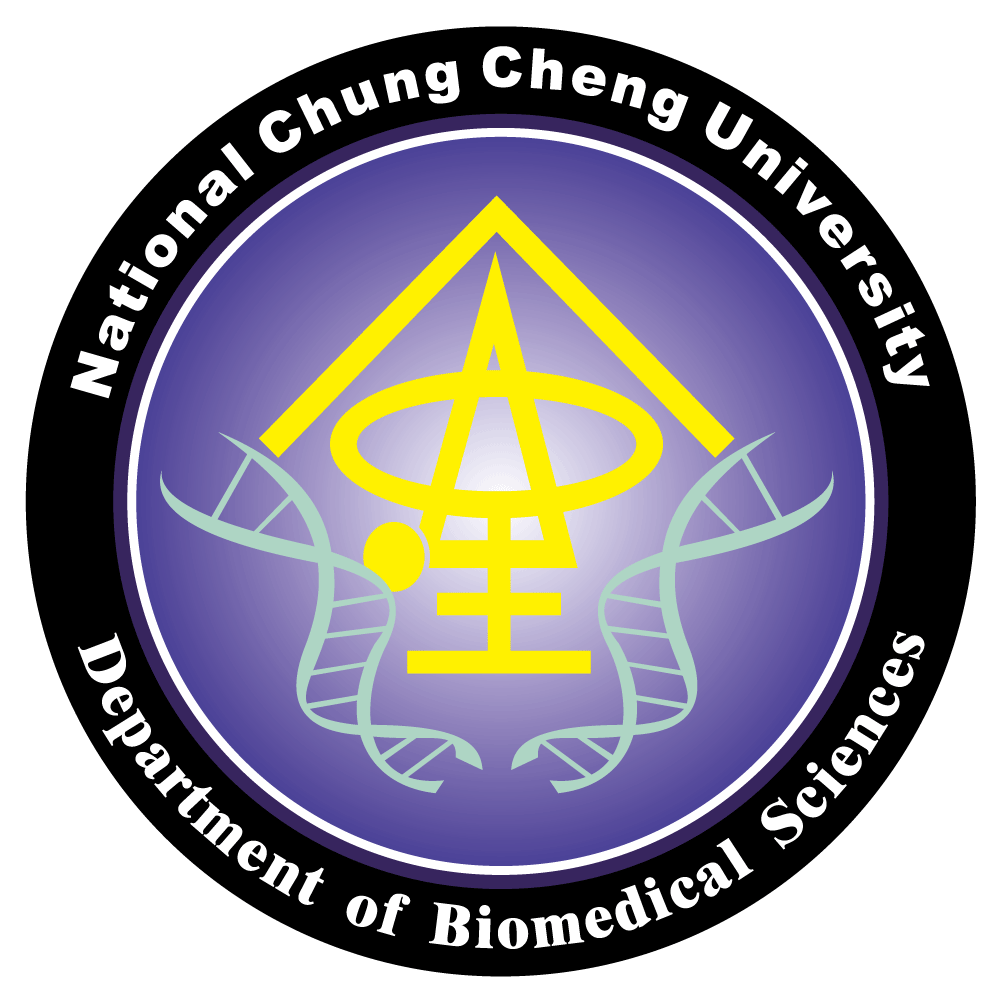

|
分子細胞實驗室 Molecular Cell Biology Lab. Yu Chun Ying(余俊頴)
研究領域 Research Interests 我們實驗室主要研究非共線性RNA (Non-colinear RNA)在多能幹細胞(pluripotent stem cell)與癌細胞的功能。 多能幹細胞具有無限增生與分化成各種細胞的能力。在基礎研究上,可作為重現發育過程事件的平台。而在臨床上,則提供了修補受傷組織器官的機會。癌細胞一樣具有無限增生的能力,亦有學說推測癌細胞擁有部分幹細胞的特質。 非共線性RNA的特徵為所組成的外顯子(exon)順序與基因體內的順序不同。非線形RNA包含兩類,一為反位剪接RNA(trans-spliced RNA),一為環形RNA(circular RNA). 兩類非共線性RNA皆有助於增加轉錄體(transcriptome)的複雜性。 藉由反位剪接(trans-splicing)連接兩條不同來源的RNA,可形成反位剪接RNA.反位剪接RNA可能轉譯成複合蛋白(chimeric protein),或是形成非編碼RNA(Non-coding RNA)。 單一RNA可藉由反剪接(back-splicing),頭尾相連形成環形RNA。環形的封閉結構有助於延長環形RNA的循環週期,進而提供細胞即時調控。環形RNA基本上被歸類為非編碼RNA。 在多能幹細胞中,我們發現了反位剪接RNA tsRMST藉由調控PRC2 complex進行表基因修飾(Epigenetic modification),抑制分化相關的基因表現(圖一)。而環狀RNA circBIRC6藉由抑制微小RNA(miRNA)的活性來保護多能性相關基因不被抑制(圖二)。 由於調控多能性的分子通常也參與誘導式幹細胞(iPSC)的再編成過程(reprogramming),我們實驗室初期有以下的目標:
My interest is to explore the functional roles of non-colinear RNAs in biological processes, especially in pluripotency and cancer diseases. Pluripotent stem cells (PSCs), including embryonic stem cell (ESCs) and induced pluripotent stem cells (iPSCs), have the abilities of unlimited self‐renewal and pluripotent differentiation, providing an unparalleled opportunity to study early embryo development and disease. Cancer cells also share some characteristics of PSCs, such as unlimited self-renewal or limited ability of differentiation. Non-colinear RNAs, which include trans-spliced RNAs (tsRNAs) and circular RNAs (circRNAs), are RNA transcripts with exon order inconsistent with that in genome. Trans-spliced RNAs are generated by trans-splicing, in which two or more RNA transcripts are ligased into a chimeric transcript. CircRNAs are generated by back-splicing, in which the 5’ terminus of upstream exon is ligased to 3’ terminus of downstream exon. The tsRNAs may encode a new chimeric protein or server as non-coding RNAs (ncRNAs), while circRNA are generally recognized as long ncRNAs. My previous researches showed that both tsRNAs and circRNAs are involved in pluripotency maintenance. tsRMST recruits PCR2 complex and NANOG to repress differentiation-associated gene expression (Figure 1), while circBIRC6 inhibits the activity of miR-34a and miR-145 to protect NANOG, OCT4, SOX2 (Figure 2). Accordingly, I will focus on the following projects: Project 1: The functional role of non-colinear RNAs in reprogramming of iPSCs Project 2: The functional roles of non-colinear RNAs in germ layers differentiation. Project 3: The regulatory network of non-colinear RNAs in PSCs and cancer cells.
|